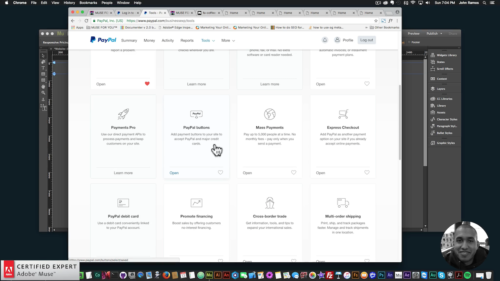

Macromedia then owned FreeHand, a drawing program Adobe had bought previously in 1994. In the late 1990s and early 2000s, with several more successful in-house products under its belt, Adobe went on an acquisition spree, purchasing its main competitor, Macromedia, for $3.4 billion.

Photoshop, its most famous product, came out in 1989.

As PostScript became commercially successful, the company branched out into fonts, and then released Illustrator, software that allows users to draw scalable shapes by using vectors instead of pixels. Its first major product was PostScript, a computer language that allowed computers to print images at a higher level of detail than they could display them. Renter’s remorseĪdobe began in Los Altos, California, as an archetypal garage startup in the early 1980s. I wouldn’t go so far as to say the company is the reason I’m a socialist, but the day I signed up for that student membership in college, I unknowingly stumbled into a lesson about how capitalism cannibalizes the things we love, then sells the exploitation back to us dressed as innovation and personal freedom. Adobe is a seemingly intractable cancer on creative fields, its scamminess extending far beyond exorbitant cancelation fees. In April, a now-deleted tweet from an Australian user about a fee equivalent to US$217 inspired ire, discourse, and the deployment of this meme:Īnd it is, in my opinion, “always morally correct” to pirate Adobe products. Since then, I’ve watched a cycle involving Adobe repeatedly play out on social media: Every few months or so, someone posts on Twitter, Tumblr, or Reddit about being ripped off by the company to the tune of hundreds of dollars via a deceptive contract with steep cancelation fees, and for a day or two, the internet is ablaze with outrage. In 2017, the $19.99-per-month first-year student rate seemed like a small price to pay in service of my career aspirations. My college didn’t offer any design classes, so I embarked on a feverish course of self-study built on YouTube tutorials and books from the library.Ĭentral to becoming an employable graphic designer, I learned, was mastering the use of Photoshop, InDesign, and Illustrator, three of Adobe’s many proprietary applications. It sounds silly, but at some point in my late teens, I became obsessed with the visual complexity of the thousands of images we encounter every day, enthralled by the mystery of how they’d been assembled.

I’m a professional designer, and, yes, graphic design is my passion. Like millions of other people, I have owned my creativity through Adobe - or, at least, rented it for a monthly fee.


 0 kommentar(er)
0 kommentar(er)
